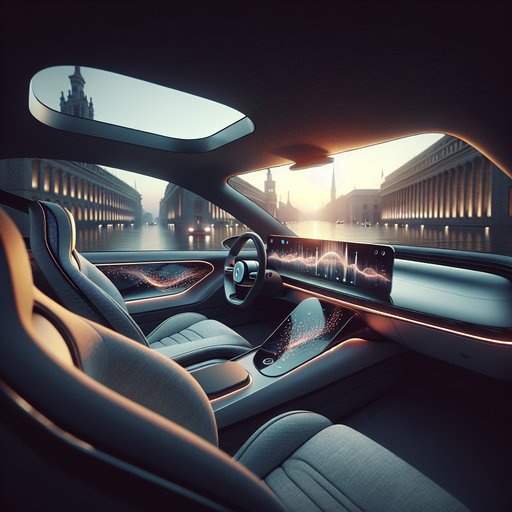
As carmakers race to tame noise, the conversation has shifted from horsepower to sound design, drawing in artists, curators, and museum audiences alongside engineers. Acoustic glass, active noise cancellation, and carefully crafted EV “voices” are turning cabins into listening rooms and cities into quieter galleries. Collaborations with composers and sound artists now sit alongside supplier breakthroughs from Saint-Gobain, AGC, and Pilkington, while institutions from the V&A to the Petersen spotlight how silence and tone shape mobility. The immediate impact is tangible: calmer commutes, clearer dialogue, and more respectful streetscapes. The longer arc is cultural, as brands curate sonic identities that collectors can choose and critics can review.
Acoustic glass has become the new canvas for quiet, with laminated windshields and side glazing filtering wind and tire hiss before it reaches the ear. Luxury flagships such as Mercedes’ EQS and widely produced EVs like Tesla’s Model 3 and Model Y specify multilayer panes that act like museum vitrines, preserving clarity inside while muting the outside world. Suppliers including Saint-Gobain Sekurit, AGC, Pilkington, and Corning are refining interlayers that damp specific frequencies without adding weight, a key constraint for range. Design studios present these materials as part of a sensory palette at auto shows, and the V&A’s “Cars: Accelerating the Modern World” reminded audiences that sound is a designed property, not a by-product.
For drivers and passengers, the payoff arrives immediately in lower fatigue and more intelligible conversation at highway speeds. Inside the cabin, active noise control is shifting from novelty to curatorial practice. Bose’s road-noise control in Infiniti models and Hyundai–Genesis’ RANC systems counter low-frequency rumble in real time, allowing audio teams to mix interiors more like concert halls than conveyances. BMW pushed the artistic dimension by commissioning Hans Zimmer for its IconicSounds Electric, with sound director Renzo Vitale treating acceleration and regenerative braking as instruments rather than mere events.
Sennheiser, Bowers & Wilkins, Bang & Olufsen, and others tune stage width and timbre for specific interiors, turning buyers into audiences who can select a house “sound.” Dealers increasingly stage listening demos, and reviewers now critique NVH and spatial audio with the same care once reserved for handling. “Stealth” in EVs now means quiet confidence inside and considerate audibility outside, a balance shaped by artists as much as regulators. Pedestrian-warning rules mandate exterior tones at low speed, and brands are commissioning composed signatures that read as civic signals rather than alarms. Volkswagen enlisted composer Leslie Mandoki for the ID.
family’s sound, while Nissan’s Canto and BMW’s Zimmer-scored cues show how melody, texture, and decay can aid safety without polluting streetscapes. The result reframes the city as an acoustic commons: residents become the wider audience, and subtlety is a public good. Curators and sound-art programs at institutions like the Barbican have given this debate a forum, linking mobility policy to cultural listening. Galleries and fairs have become testing grounds for this sonic turn, with automakers staging listening rooms at events like Milan Design Week and museums programming talks on vehicle sound.
The Petersen Automotive Museum’s EV-focused shows have helped collectors and fans see — and hear — how electric platforms invite new interior compositions. Lexus and others use design awards to surface quiet materials and calming interaction concepts, giving curators prototypes to exhibit and critics language to evaluate. Over the next year, expect more mid-segment models to adopt acoustic glass and basic road-noise cancellation, while flagship trims offer artist-led sound packs. For audiences, the near-term impact is simple and welcome: commutes that feel curated, conversations that carry, and cities that sound a little more like themselves.












